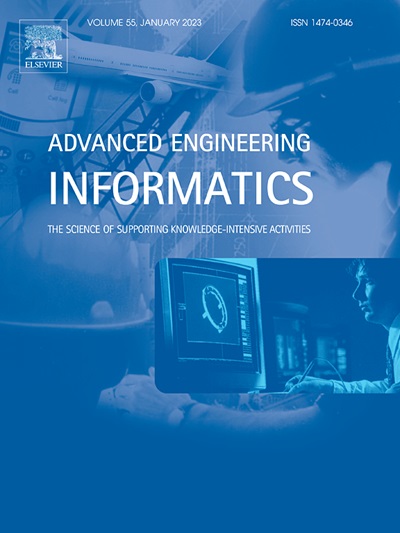A hybrid CNN-LSTM model for involuntary fall detection using wrist-worn sensors
IF 8
1区 工程技术
Q1 COMPUTER SCIENCE, ARTIFICIAL INTELLIGENCE
引用次数: 0
Abstract
Falls have become a significant global safety and health concern, which may lead to physical injuries as well as declined mental health, reduced mobility, and deteriorated quality of life. Wearable sensor-based fall detection has emerged as a promising solution for preventing fall-related injuries. However, existing solutions are hindered by user compliance related to sensor placement locations, overall model accuracy, and dependence on simulated voluntary falls. To overcome these limitations, this study aimed to propose a novel involuntary fall detection solution by using wearable sensors and deep learning algorithms. Forty-nine participants were involved in an experimental study, in which activities of daily living and involuntary falls were simulated and kinematic data from these activities were collected using wrist-worn sensors. A novel hybrid model which integrates a convolutional neural network (CNN) and a long short-term memory (LSTM) model was proposed and its performance was compared with the CNN-alone model and LSTM-alone model. The results showed that the proposed hybrid CNN-LSTM model could effectively detect involuntary falls with 96.94% detection accuracy, 98.33% sensitivity, and 96.67% specificity, superior to the CNN-alone model and LSTM-alone model. These results highlight the effectiveness of our proposed approach in significantly improving fall detection accuracy, providing a more reliable and less intrusive solution for preventing fall-related injuries.
求助全文
约1分钟内获得全文
求助全文
来源期刊

Advanced Engineering Informatics
工程技术-工程:综合
CiteScore
12.40
自引率
18.20%
发文量
292
审稿时长
45 days
期刊介绍:
Advanced Engineering Informatics is an international Journal that solicits research papers with an emphasis on 'knowledge' and 'engineering applications'. The Journal seeks original papers that report progress in applying methods of engineering informatics. These papers should have engineering relevance and help provide a scientific base for more reliable, spontaneous, and creative engineering decision-making. Additionally, papers should demonstrate the science of supporting knowledge-intensive engineering tasks and validate the generality, power, and scalability of new methods through rigorous evaluation, preferably both qualitatively and quantitatively. Abstracting and indexing for Advanced Engineering Informatics include Science Citation Index Expanded, Scopus and INSPEC.
 求助内容:
求助内容: 应助结果提醒方式:
应助结果提醒方式:


